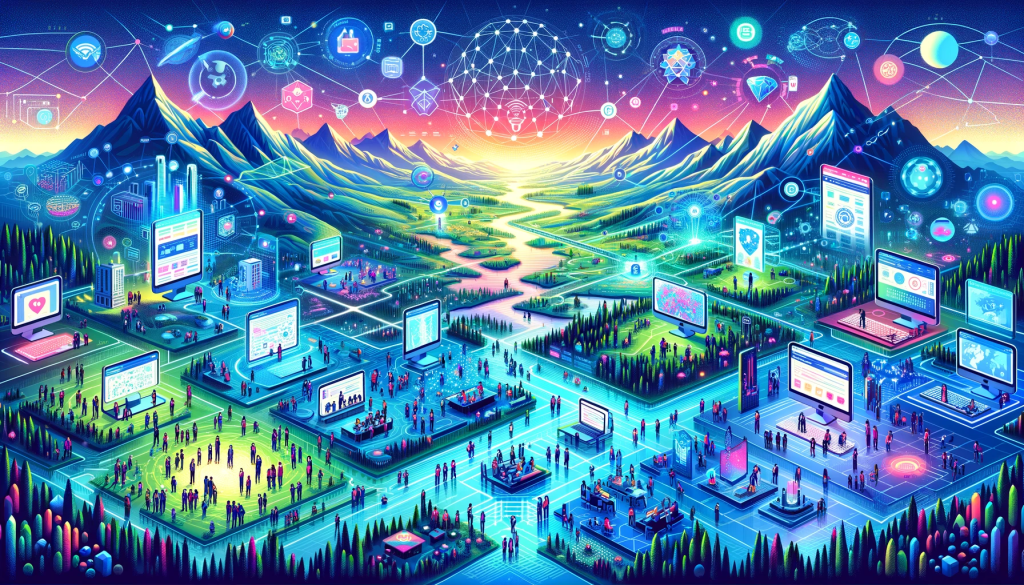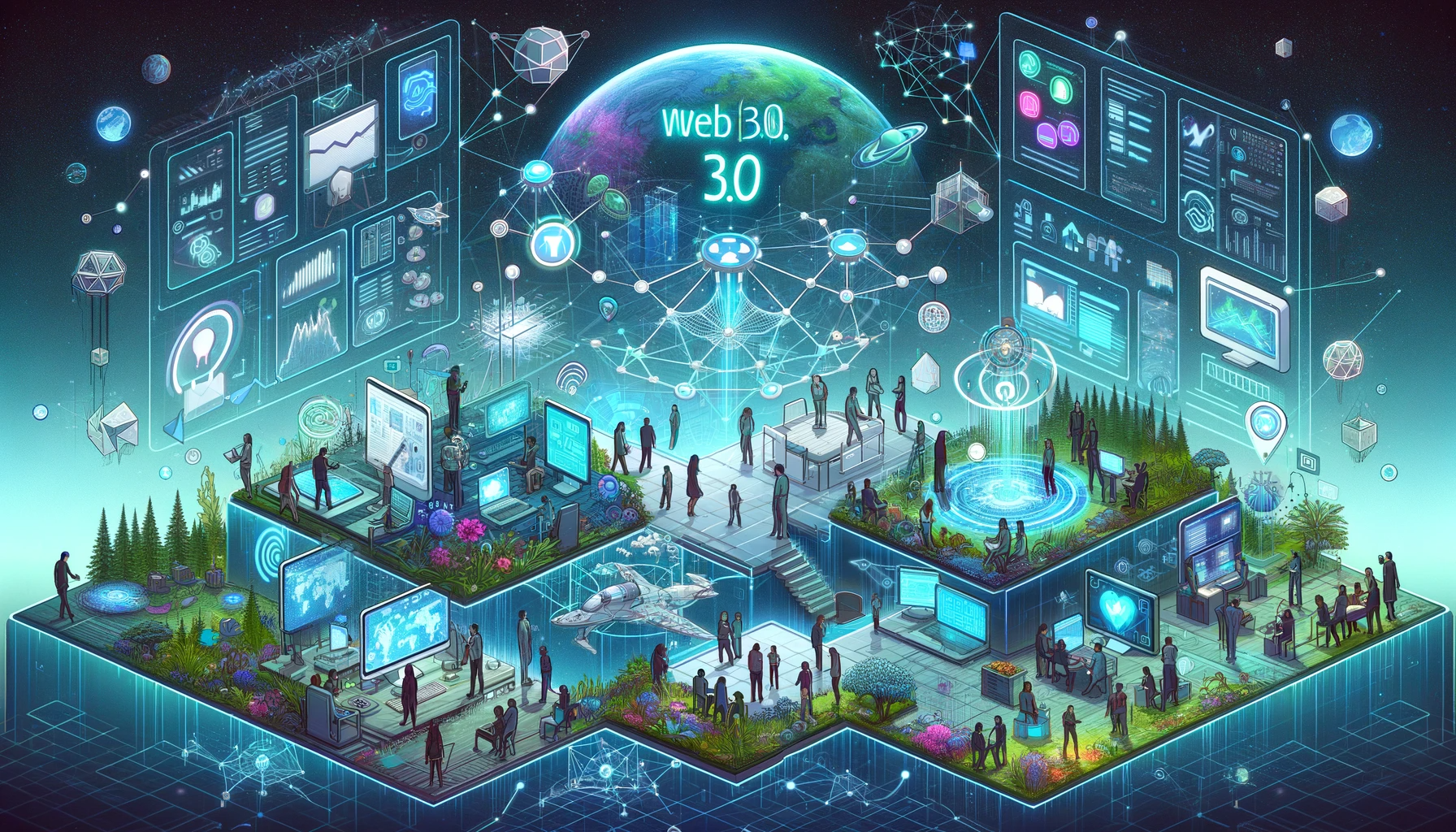Web3 Examples (What is Web 3.0): Shaping the Future of the Internet explores the transformative potential of Web 3.0 technologies. This abstract highlights the examples and showcases how they are shaping the future of the internet.
Web3 Examples: Shaping the Future of the Internet
The internet has come a long way since its inception, and with the advent of Web 3.0, we are witnessing a new era of connectivity and innovation. Web 3.0 is not just an upgrade to the existing internet but a complete transformation that aims to create a more decentralized, secure, and user-centric online experience. In this article, we will explore three examples of Web 3.0 technologies that are shaping the future of the Internet: Web 3.0 in gaming, blockchain-based virtual worlds, and play-to-earn gaming models.
Web3 in Gaming: Metaverse and Beyond
Gaming has always been at the forefront of technological advancements, and Web 3.0 is no exception. With the metaverse concept gaining traction, we are witnessing the convergence of virtual and physical worlds like never before. The metaverse is a collective virtual shared space created by converging virtually enhanced physical reality and physically persistent virtual reality. It is a space where users can interact with each other and the environment in real-time, blurring the lines between the digital and physical realms.
One example of Web 3.0 in gaming is Decentraland, a blockchain-based virtual world where users can buy, sell, and trade virtual land and assets using cryptocurrency. In Decentraland, users can create and monetize their own virtual experiences, from art galleries to casinos and even virtual real estate. This decentralized approach to gaming allows for greater user agency and ownership, as well as new opportunities for entrepreneurship and creativity.

Blockchain-Based Virtual Worlds
Blockchain technology is at the core of Web 3.0, and its potential in the gaming industry is immense. By leveraging blockchain’s transparency, security, and immutability, virtual worlds can be created where users have true ownership and control over their digital assets. This means that players can buy, sell, and trade in-game items and currencies without the need for intermediaries or centralized authorities.
One notable example of a blockchain-based virtual world is Axie Infinity. Axie Infinity is a play-to-earn game where players can breed, battle, and trade digital creatures called Axies. These Axies are non-fungible tokens (NFTs) that can be bought, sold, and traded on various marketplaces. Players can earn real-world income by participating in the game, creating a new paradigm where gaming becomes a viable source of income for individuals worldwide.
Play-to-Earn Gaming Models
Play-to-earn gaming models are another example of how Web 3.0 is shaping the future of the Internet. Traditionally, gamers would spend countless hours playing games without any tangible rewards. However, with the advent of blockchain technology, players can now earn real-world income by playing games and participating in virtual economies.
One prominent example of a play-to-earn game is God’s Unchained. Gods Unchained is a digital trading card game where players can collect, trade, and battle with unique cards. These cards are NFTs that can be bought, sold, and traded on various marketplaces. Players can earn in-game rewards and even sell their cards for real-world money, creating a new paradigm where gaming becomes a lucrative profession.
In conclusion, Web 3.0 is revolutionizing the gaming industry and shaping the future of the internet. With the concept of the metaverse, blockchain-based virtual worlds, and play-to-earn gaming models, we are witnessing a new era of connectivity, ownership, and economic opportunities. As these technologies continue to evolve, we can expect a more decentralized, secure, and user-centric online experience that empowers individuals and fosters innovation. The future of the internet is here, and it is being shaped by Web 3.0.

